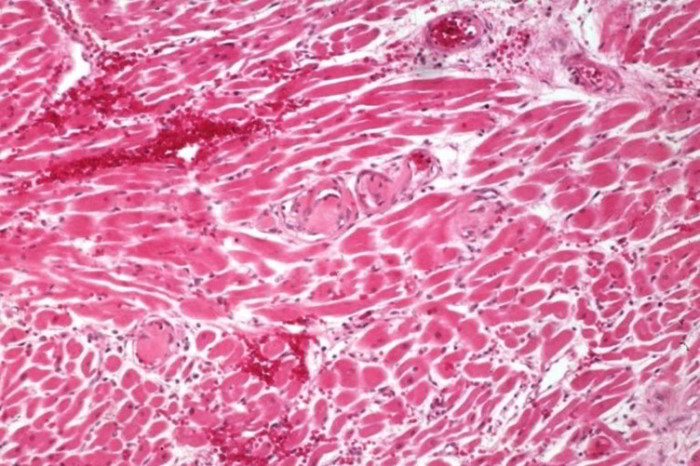The characteristic rash of purpura causes reddish purple spots that don’t disappear when pressed by a glass. The spots are small areas of bleeding under the skin, and may result from damaged blood vessels or by an abnormality in the blood, including thrombocytopaenia, that changes clotting. They are able to vary from the size of a pinhead to about 2.5cm (1 in) in diameter. Purpura is a classic signal of one type of bacterial meningitis. The most common of all kinds of purpura – senile purpura – primarily affects middle aged and elderly women.
Purpura is occasionally an indicator of a possibly serious illness so you should consult your physician as a matter of urgency if you notice a purpuric rash.
x



 (82 votes, average: 3.62 out of 5)
(82 votes, average: 3.62 out of 5)